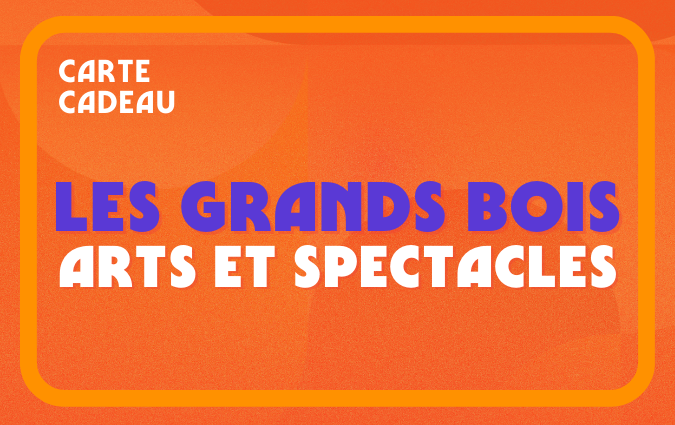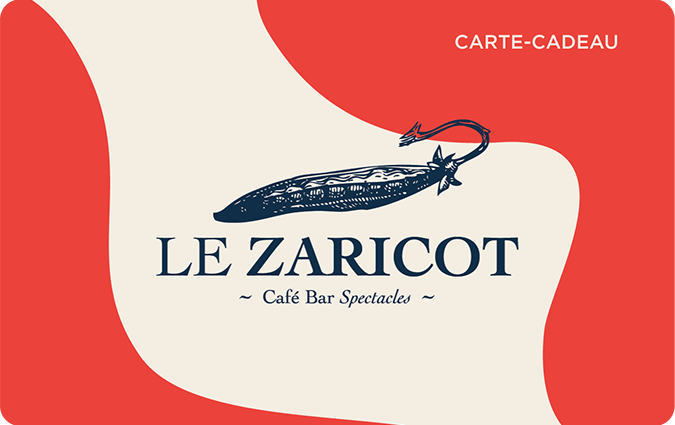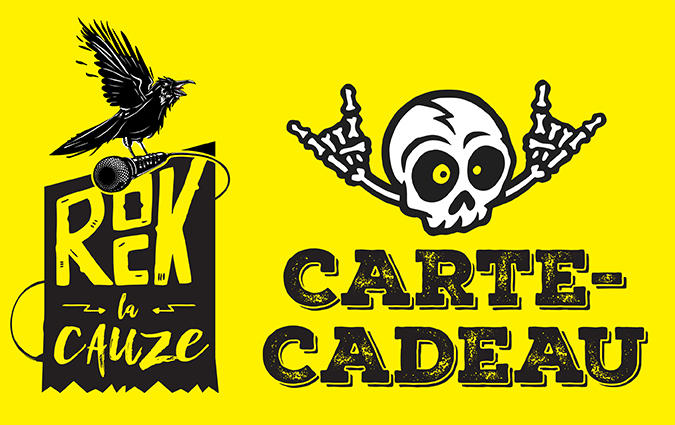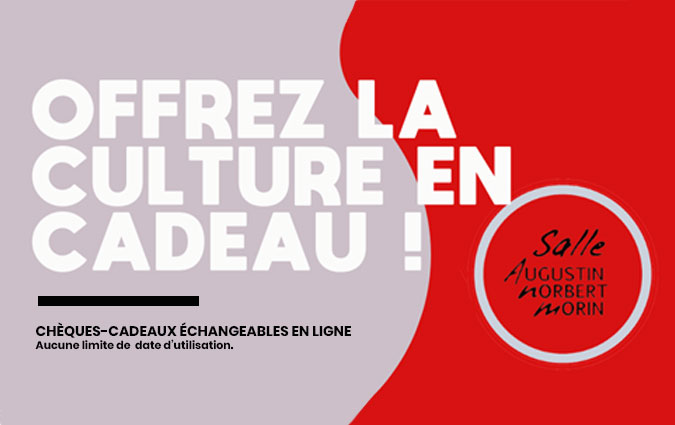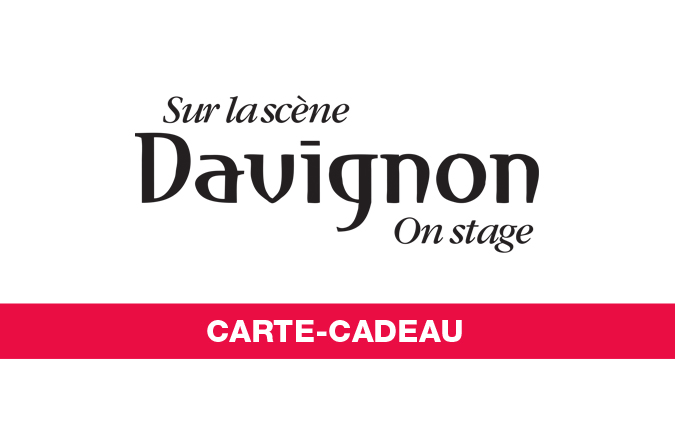
SANTOOR REVERIE
Share this event
For more info about this event, please contact the event organizer, Centre Culturel Kabir, at info@centrekabir.com.
Buy Tickets
The emergence of the santoor on the classical concert scene, as a full-fledged solo instrument, is a matter of great joy. It has come to signify a historic phase in the annals of India's centuries-old traditional music. Strange but true, the santoor had never been employed in Hindustani classical music, nor had it traveled outside the valley of Kashmir as late as till 1955. Santoor was associated with 'Sufiana Mausiqi'. Santoor's Sanskrit name was "Shatatantri Veena" (A lute of hundred strings). The name Santoor is attributed to the Persians. Then there appeared Pandit Shivkumar Sharma, his trapezium- shaped multi-string instrument, on the concert scene. Initially, the music of the santoor had a mixed reaction from the music-lovers. This reaction was perhaps predictable, but Shivkumar Sharma, the guru of Pandit Satish Vyas, was undaunted by these early experiences, and he addressed himself to the task of carrying out a series of innovations and experimentation's and relentless research. Today's santoor, which has come to enjoy unprecedented popularity among all strata of music-lovers all over the world, is truly symbolic of his versatile genius and Satish Vyas is a true torch-bearer of his genius. The santoor consists of a about a 100 strings of varying lengths. The strings are stretched over a wooden box, shaped like trapezium. The instrument also resembles a horizontal harp. Similar Instruments are found all over the world like 'Santoor' in Iran, 'Yang Chin' in China, 'Cimbalom' in Hungary and Rumania, 'Santoori' in Greece, 'Hack Bret' in Germany, 'Hammered Dulcimer' in certain European Countries and America. The most notable feature of its instrumentation is the manner of tone production, because, unlike other string instruments, the santoor is played with a pair of soft wooden tongs. Their gentle strokes on the strings produce a multitude of delicate but lively tonal effects reminiscent of the piano or the harp. The tones of Santoors used by Satish Vyas reveal a shimmering grace of movement with a novelty and charm of their own.
The emergence of the santoor on the classical concert scene, as a full-fledged solo instrument, is a matter of great joy. It has come to signify a historic phase in the annals of India's centuries-old traditional music. Strange but true, the santoor had never been employed in Hindustani classical music, nor had it traveled outside the valley of Kashmir as late as till 1955. Santoor was associated with 'Sufiana Mausiqi'. Santoor's Sanskrit name was "Shatatantri Veena" (A lute of hundred strings). The name Santoor is attributed to the Persians. Then there appeared Pandit Shivkumar Sharma, his trapezium- shaped multi-string instrument, on the concert scene. Initially, the music of the santoor had a mixed reaction from the music-lovers. This reaction was perhaps predictable, but Shivkumar Sharma, the guru of Pandit Satish Vyas, was undaunted by these early experiences, and he addressed himself to the task of carrying out a series of innovations and experimentation's and relentless research. Today's santoor, which has come to enjoy unprecedented popularity among all strata of music-lovers all over the world, is truly symbolic of his versatile genius and Satish Vyas is a true torch-bearer of his genius. The santoor consists of a about a 100 strings of varying lengths. The strings are stretched over a wooden box, shaped like trapezium. The instrument also resembles a horizontal harp. Similar Instruments are found all over the world like 'Santoor' in Iran, 'Yang Chin' in China, 'Cimbalom' in Hungary and Rumania, 'Santoori' in Greece, 'Hack Bret' in Germany, 'Hammered Dulcimer' in certain European Countries and America. The most notable feature of its instrumentation is the manner of tone production, because, unlike other string instruments, the santoor is played with a pair of soft wooden tongs. Their gentle strokes on the strings produce a multitude of delicate but lively tonal effects reminiscent of the piano or the harp. The tones of Santoors used by Satish Vyas reveal a shimmering grace of movement with a novelty and charm of their own.
Business Hours
Pt. Satish Vyas
Pandit Satish Vyas is a renowned and seniormost Indian santoor player, celebrated for his contributions to Hindustani classical music. Born into a family with a rich musical heritage, he is the son of the illustrious vocalist Pandit C.R. Vyas. Satish Vyas initially trained in vocal music under his father's guidance but later found his true calling in the santoor, an instrument he mastered under the tutelage of the legendary Pandit Shivkumar Sharma. Over the years, Pandit Satish Vyas has performed at prestigious music festivals and venues worldwide, earning acclaim for his soulful renditions and technical prowess. His music is characterized by a deep emotional resonance and a profound understanding of ragas, which he interprets with both traditional purity and innovative flair. In addition to his performances, Vyas has contributed to the propagation of Indian classical music through teaching and mentoring young musicians. His dedication to his craft and his ability to connect with audiences across the globe have made him a respected and beloved figure in the world of classical music.
Pt. Mukundraj Deo
One of the finest Tabla Players from India's young generation, Mukundraj Deo comes from a family with great liking of Dance and Music. He has received inspiration and promotion for his art from his mother Mrs. Manjiri Deo, a scholar of Kathak Dance. He has undergone a rigorous training of Tabla from Late Pt. Brijraj Mishra [Disciple of Late Pt. Sharada Sahai] of Banaras Gharana and Pt. Mridangraj of Ajrada Gharana.
He completed Sangeet Visharad and Alankaar in Tabla with distinction from Akhil Bharatiya Gandharva Mahavidyalaya. His talent was acclaimed in the form of National Scholarship from Government of India in 1990, a prestigious title 'Taalmani' from Sursingar Samsad, Bombay in 1993 and National fellowship in 1997. He is an 'A' grade artist of All India Radio and Doordarshan. He has been awarded with the title “Pandit” by the legendary table player Pt. Bhai Gaitonde. He holds a Bachelors Degree in Commerce. He has written a book on Tabla in Marathi named 'Susamvad Tablyashi''. Recently his album of fusion music, has been released in market by the name of “Rhythm Fantasy”.
He has the distinction of having accompanied Maestros like Pt. Jasraj, Pt. Birju Maharaj, Natraj Gopikrishna, Dr. Prabha Atre, Begum Parveen Sultana, Ustad Dilshad Khan, Late Pt. C.R.Vyas, Dr. N. Rajam, Ustad Raiskhan, Ustad Amjad Ali Khan, , Pt. Shivkumar Sharma, Ustad Amjad Ali Khan, Pt. Ramnarayan, Pt. Satish Vyas, Rahul Sharma, Pt. Ronu Majumdar, Ashatai Khadilkar, etc. He has been honoured by the President of India.
He has travelled overseas to Gulf countries, Japan, U.K., U.S.A., France, Switzerland, Hongkong, Seychells, Mauritius and also participated in International Music Festivals in Adelaide, York (UK), Morocco and Seychelles.


